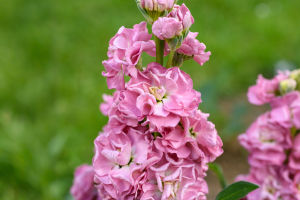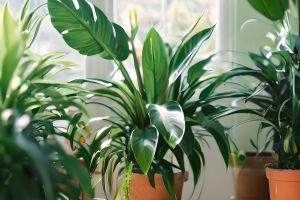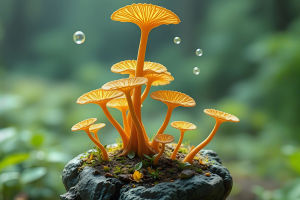Hello, nature enthusiasts! Have you ever wondered how some plants seem to disappear into their surroundings, avoiding hungry animals and insects?
Today, we'll explore the fascinating strategies plants use to blend in with their environment. Like masters of disguise, plants use colors, shapes, and mimicry to hide from predators and increase their chances of survival. Ready to uncover these natural secrets?
The Science Behind Plant Camouflage
Plants use camouflage, also known as crypsis, to avoid detection by herbivores. This involves matching their color, pattern, or shape to the surrounding environment so predators overlook them. For example, some alpine plants have grey leaves that blend with rocky backgrounds, reducing visibility to grazing animals.
Others mimic dead leaves or stones, making them hard to spot. This strategy is not just about color—shape and texture also play crucial roles. The pebble plant (Lithops), for instance, resembles small stones, effectively hiding in desert gravel. This camouflage reduces damage and helps conserve resources.
Color Camouflage: Blending In with Nature
Color is a key tool for plant disguise. Many plants have leaves that change color or develop spots and patterns that mimic their surroundings. Some species produce red or brown leaves that look like dead foliage, tricking herbivores into thinking they are unappealing or already consumed.
Others have variegated leaves that break up their outline, making it harder for predators to recognize them as food. This color adaptation can also confuse insects that rely on visual cues to lay eggs or feed.
Shape and Texture: Nature's Perfect Mimics
Beyond color, plants often mimic shapes and textures found in their environment. The vine Boquila trifoliolata can imitate the leaves of its host plant, changing its shape and color to match different hosts. This dynamic mimicry helps it avoid detection.
Similarly, some plants have thorn-like structures or leaf shapes resembling twigs or stones, deterring herbivores. The "stone plants" (Lithops) mentioned earlier have thick, rounded leaves that look exactly like pebbles, making them almost invisible in their native habitats. These adaptations reduce the chance of being eaten.
Mimicry: Deceptive Signals to Deter Predators
Some plants take disguise a step further by mimicking other organisms or objects. For instance, certain passionflower vines display yellow spots that resemble butterfly eggs, discouraging real butterflies from laying eggs there, as they avoid overcrowding. Others mimic harmful insects or thorns to scare away herbivores. This form of mimicry tricks predators into believing the plant is dangerous or already occupied, providing an effective defense without physical harm.
Evolutionary and Ecological Benefits
Camouflage offers plants significant survival advantages. By avoiding detection, plants reduce the risk of being eaten, which means more energy can go toward growth and reproduction. Over time, natural selection favors individuals with better camouflage traits, leading to the diverse and sophisticated disguises we see today. This evolutionary arms race between plants and herbivores shapes ecosystems and promotes biodiversity.
Let's Appreciate Nature's Invisible Masters!
Plants may seem passive, but their clever camouflage shows they are active players in survival. Next time you walk through a forest or desert, take a closer look—you might spot a plant perfectly blending in with its surroundings. Have you noticed any plants using camouflage near you? Share your observations with us! Together, let's marvel at these natural masters of disguise and learn from their incredible adaptations.
With curiosity and care, we can better understand and protect the hidden wonders of the plant world. Thanks for joining this exploration—happy discovering!


